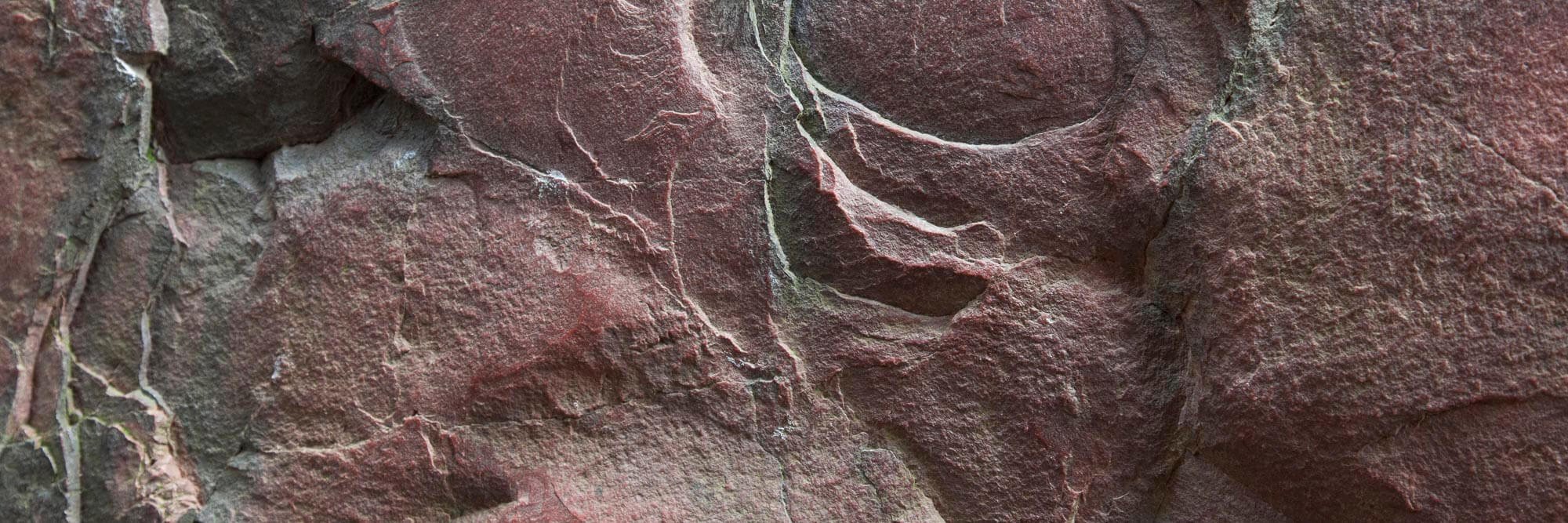
Climbing Merit Badge
How We Help Scouts & Troops Earn The Climbing Merit BadgeOur one-day curriculum is packed with experiential learning to help focused and well-prepared scouts complete the requirements of the BSA Rock Climbing Merit Badge.
Through a progression of experiential lessons and information sessions, we help Scouts demonstrate their knowledge and competencies with outdoor climbing, rappelling, and belaying.
We know Scouts don't want to sit around listening to lectures, so we stay active and involved as much as possible, mixing the informational portions of the Climbing merit badge into the more practical, active aspects.
Includes:
• All technical equipment
• Maximum 5:1 Scout/adult ratio
• 7 hours of instruction, verification & climbing
Pricing $95/scout/day for groups of 13 or more.
Planning a Successful climbing Training Weekend
The BSA’s Rock Climbing Merit Badge is extensive, covering topics from climbing and rappelling, to first aid skills, to knot tying, equipment inspection, and more. We can’t address all requirements during our outdoor climbing day, so your group must prepare strategically.
Prepare in Advance
Scoutmasters planning a climbing event should review the Scout climbing merit badge requirements well ahead of time to set your Scouts up for success. Many climbing merit badge requirements ask Scouts to explain concepts or demonstrate procedures individually to a merit badge counselor. Accommodating these requirements in a single day is impossible, so it’s critical for scouts to learn them ahead of time.
Seek Out Local Expertise
Find a local climber or gym instructor who you can meet with ahead of time and make sure they know what you need to learn during your time together.
In order for scouts to successfully complete their Climbing merit badge with us, it’s important that they have had another Climbing merit badge counselor sign off on the skills from requirements 1, 2, 3, 4, 5, 6, 7, and 12. These tasks are best completed at a troop meeting or climbing gym, since they don’t actually require the scouts to be climbing. For example, requirements 1a, 1b, and 1c, are more “first aid” related, best accomplished as part of the First Aid merit badge.
Ensure everyone is Competent in Fundamental Climbing Skills
If your Scouts show up competent with belay, tie-in and basic climbing skills, we can usually complete requirements 8, 9, 10, and 11 during our time together. This is a very full day. Scouts who are not focused and/or well-prepared may not have enough time during our day together to fulfill all the requirements.
Scouts bSA Climbing Merit Badge Requirements
The below requirements come directly from the BSA website:
"Climbing is not a sport that requires tremendous muscular strength; it demands mental toughness and the willingness to practice hard to master a set of skills. The adventure of climbing can also provide a new way to enjoy the outdoors.
It’s difficult not to have fun on a climbing day.
1. Risk Management. Do the following:
Explain to your counselor the most likely hazards you may encounter while participating in climbing and rappelling activities and what you should do to anticipate, help prevent, mitigate, and respond to these hazards.
Show that you know first aid for and how to prevent injuries or illnesses that could occur during climbing activities, including heat and cold reactions, dehydration, stopped breathing, sprains, abrasions, fractures, rope burns, blisters, snakebite, and insect bites or stings.
Identify the conditions that must exist before performing CPR on a person.
2. Leave No Trace. Learn the Leave No Trace principles and Outdoor Code, and explain what they mean.
3. Preparation. Present yourself properly dressed for belaying, climbing, and rappelling (i.e., appropriate clothing, footwear, and a helmet; rappellers can also wear gloves).
4. Location. Do the following:
Explain how the difficulty of climbs is classified, and apply classifications to the rock faces or walls where you will demonstrate your climbing skills.
Explain the following: top-rope climbing, lead climbing, and bouldering.
Evaluate the safety of a particular climbing area. Consider weather, visibility, the condition of the climbing surface, and any other environmental hazards.
Determine how to summon aid to the climbing area in case of an emergency.
5. Verbal signals. Explain the importance of using verbal signals during every climb and rappel, and while bouldering. With the help of the merit badge counselor or another Scout, demonstrate the verbal signals used by each of the following:
Climbers
Rappellers
Belayers
Boulderers and their spotters
6. Rope. Do the following:
Describe the kinds of rope acceptable for use in climbing and rappelling.
Show how to examine a rope for signs of wear or damage.
Discuss ways to prevent a rope from being damaged.
Explain when and how a rope should be retired.
Properly coil a rope.
7. Knots. Demonstrate the ability to tie each of the following knots. Give at least one example of how each knot is used in belaying, climbing, or rappelling.
Figure eight on a bight
Figure eight follow-through
Water knot
Double fisherman's knot (grapevine knot)
Safety knot
8. Harnesses. Correctly put on at least ONE of the following:
Commercially made climbing harness
Tied harness
9. Belaying. Do the following:
Explain the importance of belaying climbers and rappellers and when it is necessary.
Belay three different climbers ascending a rock face or climbing wall.
Belay three different rappellers descending a rock face or climbing wall using a top rope.
10. Climbing.
Show the correct way to directly tie into a belay rope.
Climb at least three different routes on a rock face or climbing wall, demonstrating good technique and using verbal signals with a belayer.
11. Rappelling.
Using a carabiner and a rappel device, secure your climbing harness to a rappel rope.
Tie into a belay rope set up to protect rappellers.
Rappel down three different rock faces or three rappel routes on a climbing wall. Use verbal signals to communicate with a belayer, and demonstrate good rappelling technique.
12. Equipment Care. Demonstrate ways to store rope, hardware, and other gear used for climbing, rappelling, and belaying.

